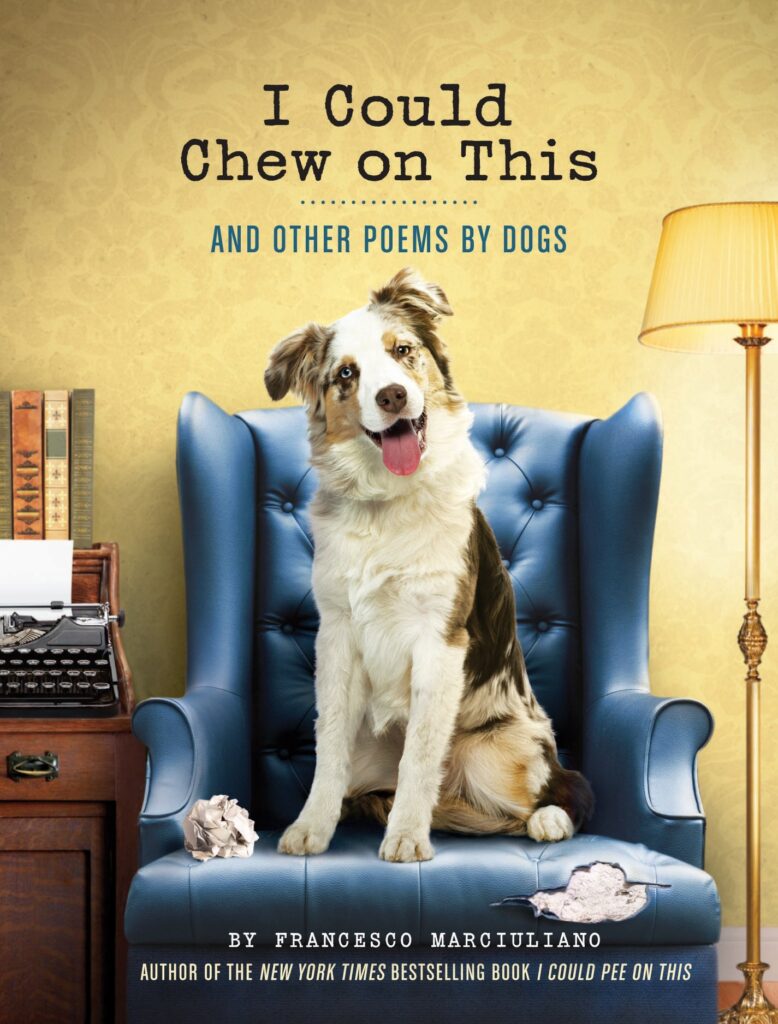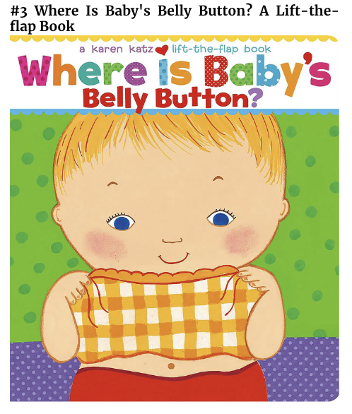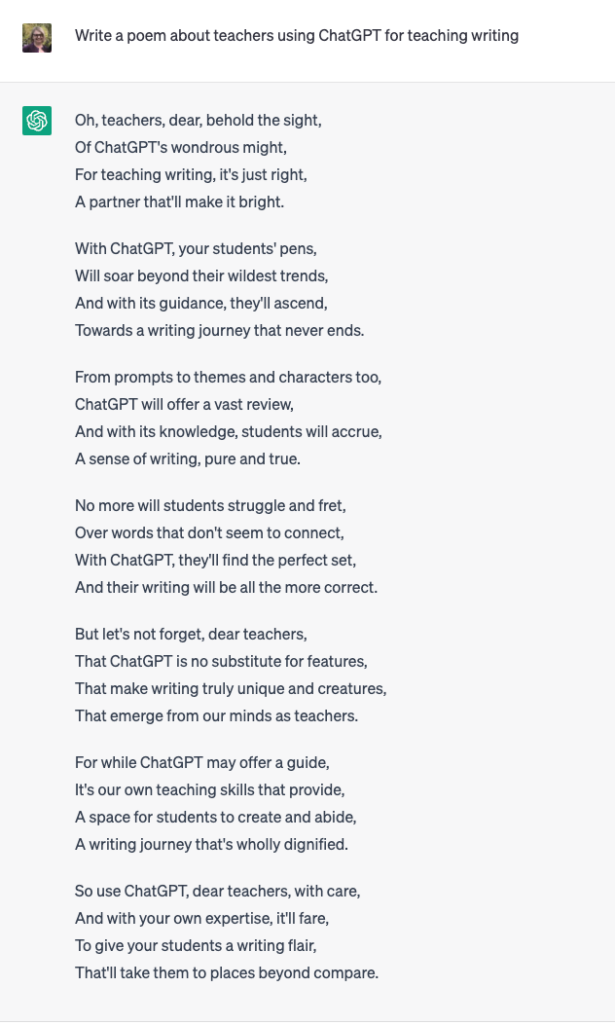My years as a secondary English teacher taught me that writing isn’t easy for everyone. Despite significant prep work in introducing students to writing, they often struggled to simply get started. My husband, a special education teacher, reminded me that for some students, facing a blank piece of paper and being told to write is a daunting, anxiety-ridden task.
To engage my students in pre-writing, drafting, or just beginning a piece, I found ways for students to feel safe and comfortable by offering prompts in recognizable formats. There are great examples out there of beautiful, hysterical, amazing writing to mimic and develop- you just have to look for it.
- Write Like An Animal
Many students have a love of animals or share their lives with a pet. It’s also quite common for students to “adopt” a type of animal – a patronus – that fits their personality, like a sloth, a hedgehog, or an iguana.
- You can help students get a sense of an animal’s personality by asking prompts like, what they eat, how they sleep, are they jumpy or laid back, etc.
- Then, ask your students what their pets or animals might say about dinner, being left alone, going outside, or getting into things they aren’t supposed to.
- Once the students have a well-rounded personality of an animal, they can write quite a bit from that perspective!

Some helpful sites and books for this strategy:
“What it’s like to Write from the Perspective of an Animal,” by Pamela Korgemela
“Animal Perspective Poetry,” from Poetry Soup
“Haiku by Cat,” by Susan C. Willett
“Funny Cat Poems,” by Meagan
“Dixie the Tiny Dog,” by Peter Himmelman

- Use a Free Template:
Encourage students to write in a realistic format, by using Social Media Templates from Matt Miller of Ditch That Textbook. These templates mirror the real social media sites, without the need for students to have accounts that may be blocked by district or school guidelines.
Amazon Reviews (Amazon Product Page template):
People who write these reviews are unsung heroes of the writing world. Check out the examples below, from Bored Panda:




You can invite students to write similar reviews of just about anything! Open the door even further by taking screenshots of objects for sale on Marketplace, Craigslist (below), or a different online selling group, and have students write the ads. All the better if the student has no idea what the item is!


Provide guidance, including using appropriate language including no sarcasm, inappropriate wording, making fun of people, or jokes about harming yourself or someone else. Keep in mind the rules of etiquette, kindness, and inclusivity.
Other great templates include Twitter, Snapchat, Instagram, and much more!
- Use Chat GPT
Even though what AI can do is still being discovered, teachers have figured out how to use the tool to enhance their teaching and help students with their writing. Marcee Harris’ blog post, “50 ChatGPT Prompts for Teachers,” devotes a whole section for Writing Supports, like changing up the writing style of a piece and creating writing samples.
There are several other opportunities to support student writing with ChatGPT, as shared in the article, “To Teach Better Writing, Don’t Ban Artificial Intelligence. Instead, Embrace It,” by Michael B. Horn and Daniel Curtis at Education Next.
Finally, remember that Chat GPT can write in a subscribed style, like when I asked it to write a poem about teachers using ChatGPT:

At times, students find it challenging to begin the writing process, so these strategies will prompt students to find their way through fun and engaging strategies. Imagine the creativity students will find!







